
To see why the Maldives are one of the world's top dive destinations, start with Google Earth. Zoom in to discover that those ring-like patterns of light blue in a deep blue sea are made up of small islands, shallow coral reefs and sandbars. These are the atolls, and the 26 that make up the Maldives include nearly 1,200 islands. The largest of these islands is about the size of New York's Central Park, and hundreds more are just big enough to hold a single village or an upscale beach resort. Everything else is water, and that's where the magic happens.
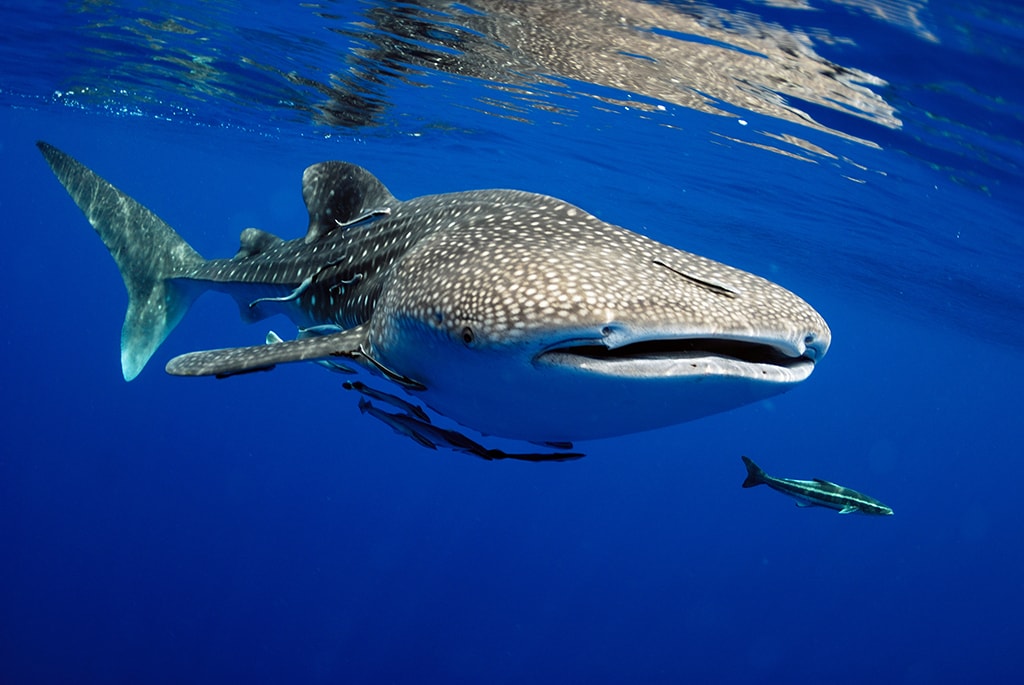
The thing about atolls is that they are basically giant rings of coral. Taken together, the rings that form the Maldives are made up of many hundreds of miles of reef line, and there are thousands more shallow coral heads sitting within the lagoons these rings create. This geography, combined with warm, clear waters, create an aquatic playground that offers something for divers of every level and interest. And there's plenty of marine life. In fact, the Maldives are home to more than 1,000 species of fish and 200 varieties of coral.
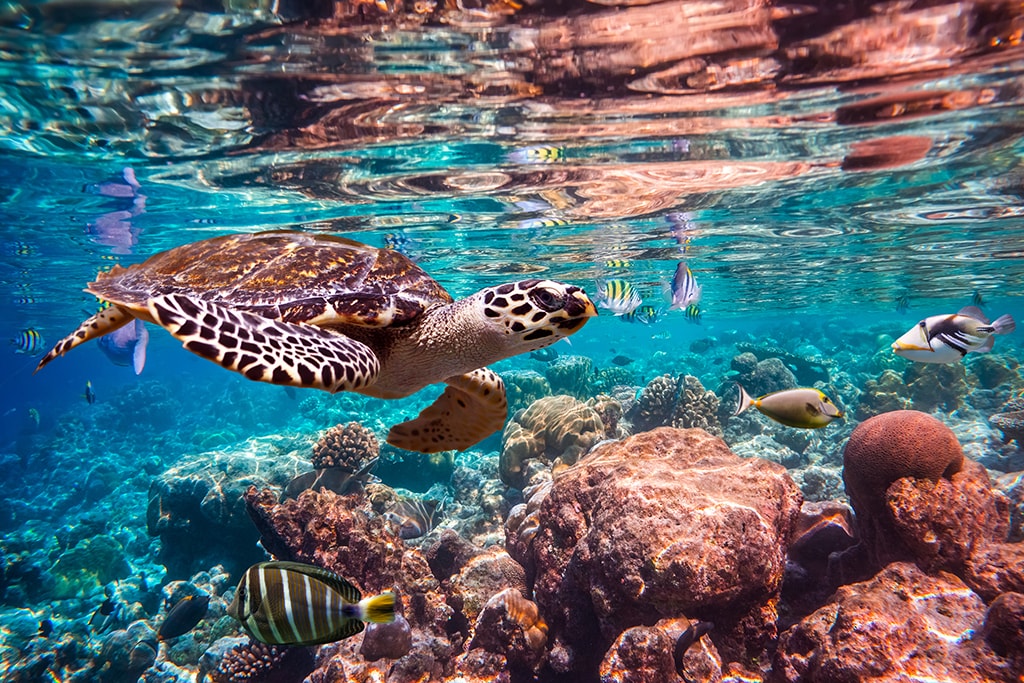
The Underwater Landscape
Dive sites in the Maldives fall into three general categories, based on structure. Individual islands within an atoll are generally surrounded by reefs that create sheltered shallow lagoons near the islands, along with more expansive bodies of confined water within the larger ring-like atoll. Within each atoll's ring of islands, numerous rock pinnacles rise from the sea bottom almost to the surface. These formations are essentially islands that did not quite make it to the surface, and they are known as thilas. They are oases of life, washed by nutrient-rich upwellings that feed sponges and soft corals and sustain a wide range of marine life, from resident crustaceans and reef fish to blue-water visitors.
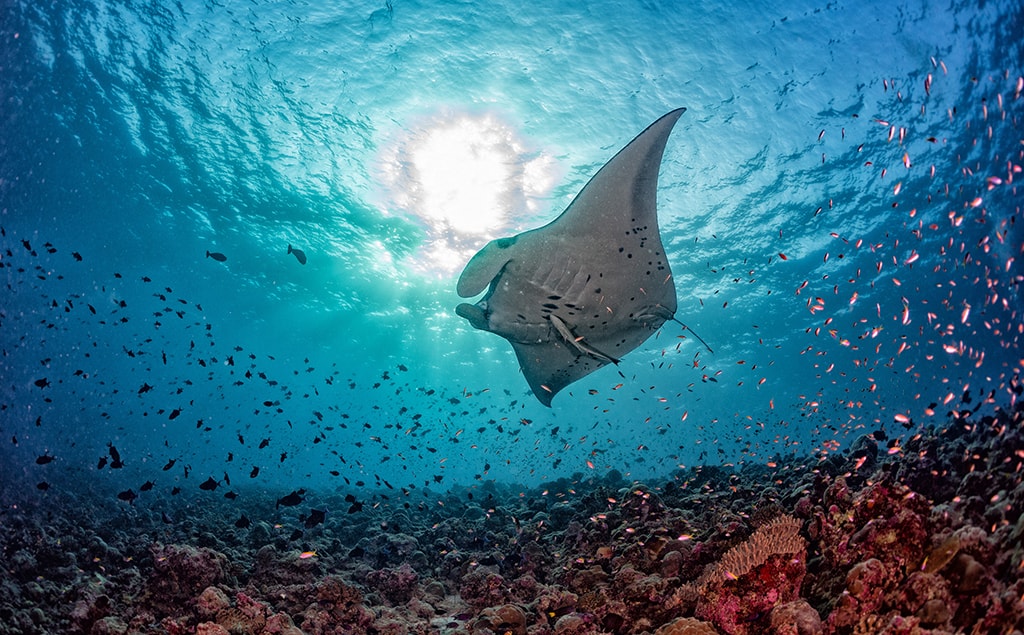
The channels that cut through each atoll's coral rings are known locally as kandus. Tidal water exchanges create brisk currents in the kandus, and the narrower the channel, the stronger the flow. Outside the coral rings, a series of pinnacles rise from deeper water, creating more oases of life for reef dwellers, and serving as gathering points for a variety of blue water species. The tidal waters that ebb and flow through the kandus and wash over the thilas and pinnacles account for the abundance of marine life and big animals that are the hallmark of diving in the Maldives. When the currents are running, sharks, tunas and mantas gather in the passes, and Napoleon wrasse, parrotfish, snappers, jacks and sweetlips swarm pinnacle walls.

While lagoon dives can an exercise in relaxed exploration, other dives are performed as drifts, allowing participants to go with the flow rather than fight the current. At sites where currents flow around an underwater headland, the plan may call for divers to anchor themselves in place to watch the passing show. In years past, this involved holding on to rocks on the sea floor, but most operators now employ reef hooks. These devices consist of a length of line attached to a metal graphing hook line that a diver places into a crevice in the reef and then clips the other end to their BC harness.
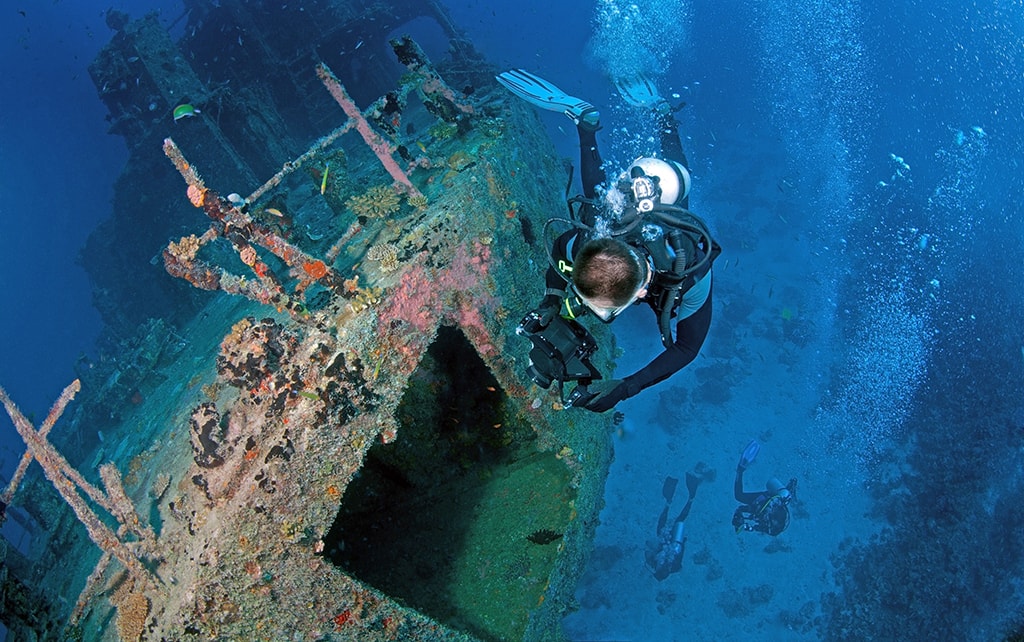
Currents around thilas can range from mild to strong, and dive plans are formulated to match conditions. On larger thilas, eddies form on the down-current side of the pinnacles, giving divers a respite from the flow. The walls of thilas are often carved into canyons and caverns that create hiding places for reef dwellers such as octopus, moray eels and scorpion fish. The vertical faces hold resident schooling fish such as blue striped snappers, big-eyed jack and fusiliers, and attract passing tuna, eagle rays, sharks and manta rays.

Prime Locations
North Male Atoll was the birthplace of the Maldives' scuba diving scene, and it remains the country's most popular destination for underwater recreation. Resorts on the islands scattered across this atoll are within easy range of the country's primary international airport, which is adjacent to the capital city of Male, and the port of departure for many liveaboards. In addition to being known for some of the Maldives’ best coral reefs, North Male offers all the features that characterize the region's underwater attractions, including channels, pinnacles, steep drop-offs, caverns and even several wrecks. One of North Male's most famous sites is Manta Point, which is a cleaning station attracts dozens of manta rays.
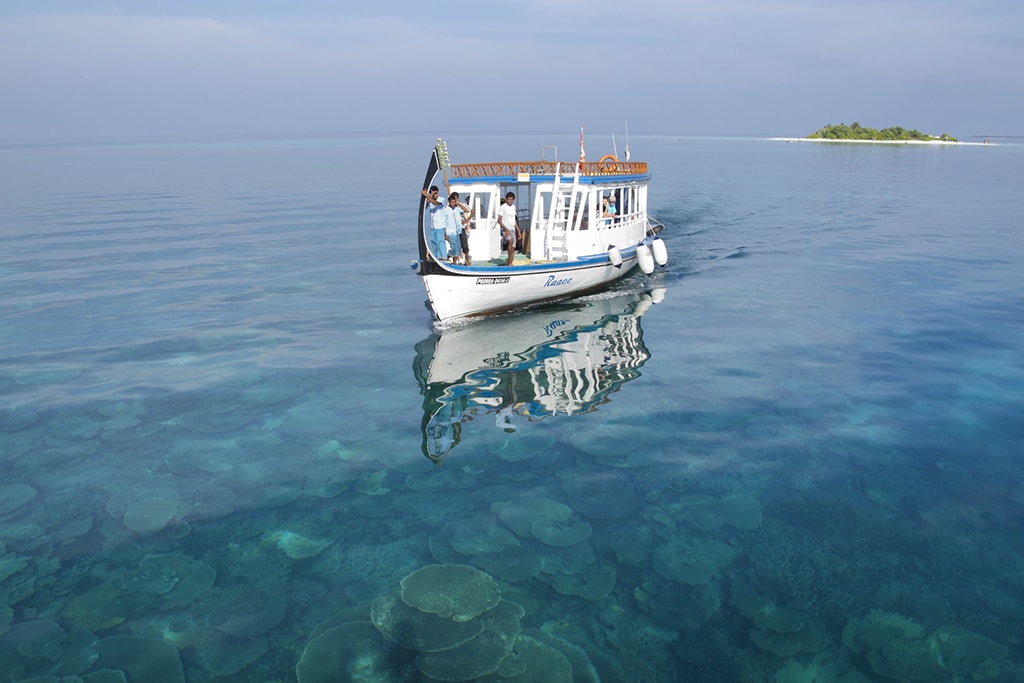
Another popular diving area is Lhaviyani Atoll, which is a quick puddle-jumper flight away from Male. This atoll is home to several excellent land-based options such as Kuredu Island Resort and Komandoo Island Resort, both of which occupy small private islands ringed by stunning white-sand beaches and surrounded by coral reefs. The most famous dive site at Lhaviyani is known as the Kuredu Express. This is a drift dive famous for sharks. When the tides are running, dozens to hundreds of gray sharks may enter the pass and may be joined by eagle rays, turtles, large Napoleon wrasses and grouper. Another favorite is a manta cleaning station known as Fushivaru Thila, where the big rays gather in shallow water, giving both divers snorkelers a chance to interact with these graceful creatures.
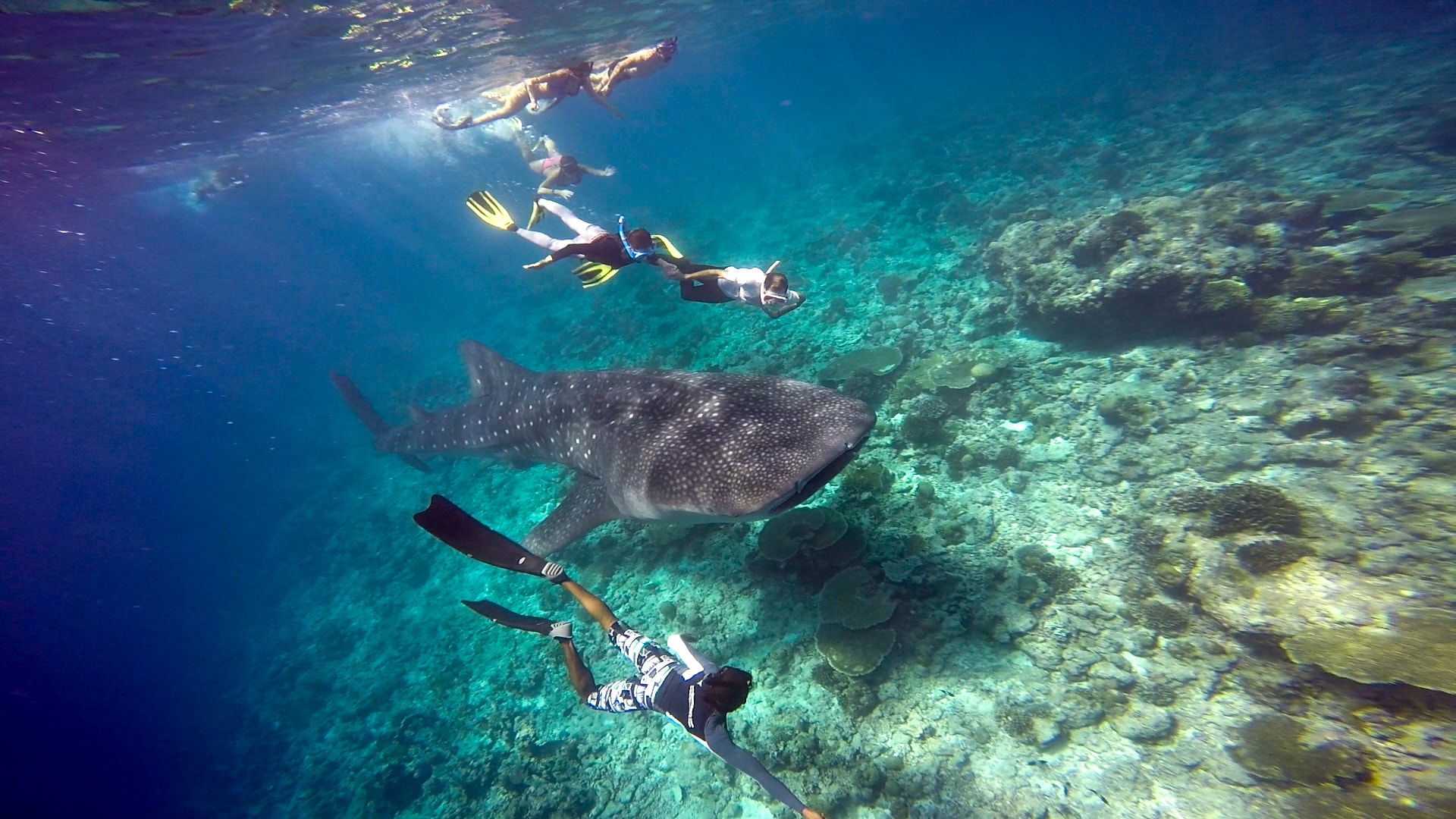
Liveaboards provide divers with a wealth of options, and a chance to visit the more distant atolls. At Baa Atoll, the UNESCO biosphere reserve at Hanifaru Bay is the site of seasonal gatherings of whale sharks and flights of manta rays that can number into the hundreds. Rasdhoo Atoll is home to the famous Hammerhead Shark Point, where these enigmatic hunters congregate in large schools. Channel diving is the big attraction at Felidhe Atoll. In addition to attracting sharks, rays, turtles and sometimes even dolphins, sites such as Fotteyo Kandu and Rakeedhoo are noted for colorful soft coral formations and intricate networks of caverns and canyons. Boat trips to more remote atolls, including the southern group, reward passengers with opportunities to go where few other divers go. Small wonder that there are dozens of premier dive liveaboards cruising the Maldives.
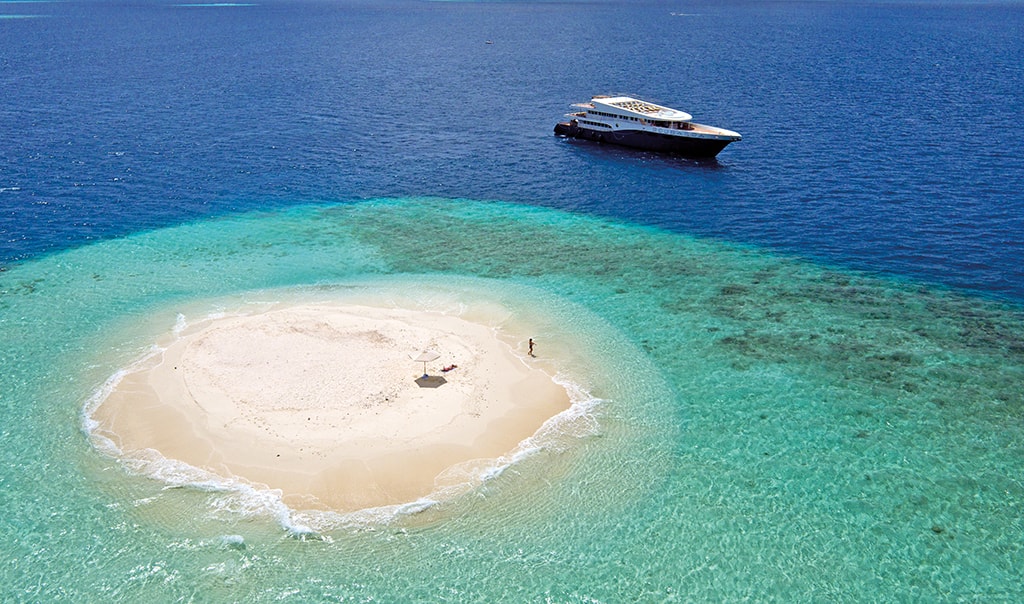
We represent some of the finest dive and snorkel resorts in the Maldives as well as a first-class fleet of liveaboards. We can help plan every detail your ultimate Maldives diving adventure. Give one of our expert agents a call at 800-330-6611 or send a note to sales@caradonna.com.